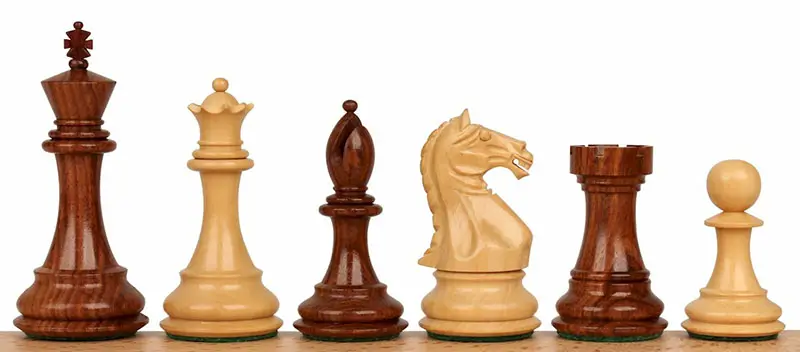
During a chess game, you will often be required to exchange one piece for another. How do we know when a trade is good or not? e.g. is it good to trade a bishop for a knight?
There are many factors to consider like position of the board, state of play (are you in a leading or loosing position?), etc...
When you are in a leading position, it can be usefull to make a trade.
The sheer number of pieces on the board don't tell much if you are winning or losing because each piece has a distinct value.
Calculations of the value of pieces can provide you a rough idea of the state of play.
The exact piece values will depend on the game situation. e.g. a pawn that can almost promote is more valuable that a pawn on its initial position.
The following values don't include the tactical (positional) factors:
- Queen: 9
- Rook: 5
- Knight: 3
- Bishop: 3
- Pawn: 1
- Bishop pair: half a pawn (0.50)

A queen is worth nearly as much as two rooks, while rooks are slightly less than two knights or bishops.
The value of a bishop is slightly higher than the knight when you have a pair and for sure later in the game. Because then, the board is more open and bishops can travel faster and further.
The king is missing from the list because you never can trade a king! Once a player looses his king, the game is over.
Continue Reading


